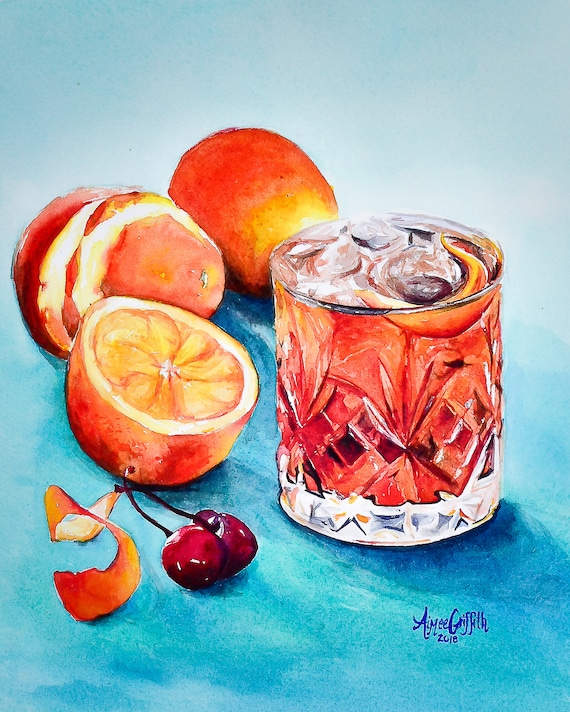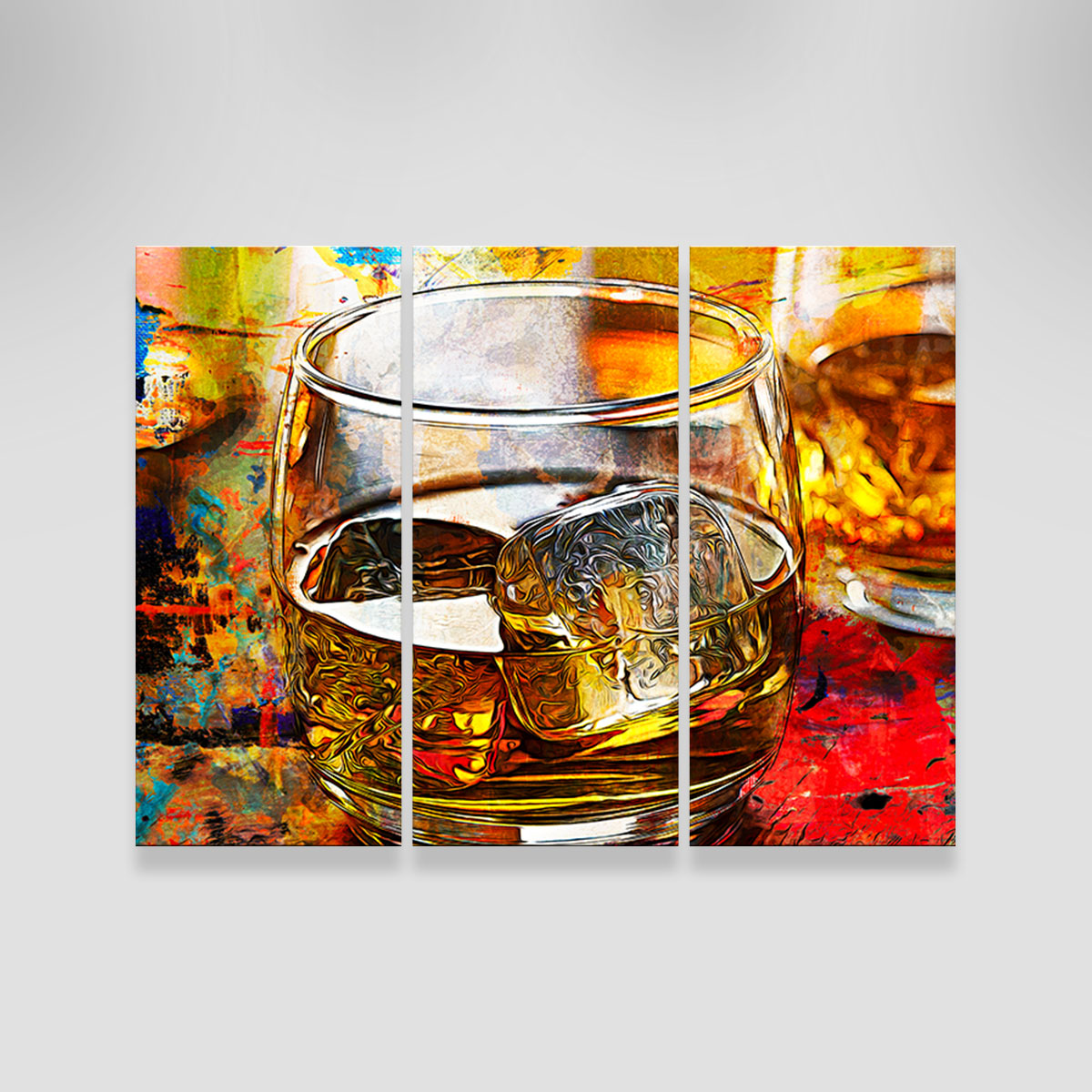Limited Edition: Discover Exclusive Bourbon Art Parts for Collectors
Limited Edition: Discover Exclusive Bourbon Art Parts for Collectors
Blog Article
The Value of Whiskey Art in Celebrating Heritage and Workmanship in the Beverage Industry
The intricate partnership between whiskey art and the party of heritage and craftsmanship within the drink market can not be overstated. Via attentively created bottles and tags, scotch brand names encapsulate their historic roots and the artisanal abilities that specify their production methods.
The Historic Roots of Whiskey
At the heart of whiskey's attraction lies an abundant tapestry of historical roots that map back to ancient human beings. The origins of bourbon can be linked to the purification practices of the Sumerians and Babylonians around 2000 BCE, where very early forms of fermented grain beverages began to arise. It was in the Middle Ages that the art of distillation advanced significantly, especially in Ireland and Scotland, leading to the production of whiskey as we understand it today.
The term "bourbon" itself derives from the Gaelic word "uisce beatha," implying "water of life." This phrase underscores the social significance of whiskey in Celtic societies, where it was typically linked with rituals, celebrations, and communal bonding. By the 15th century, purification came to be a recognized craft within monastic neighborhoods, leading the means for the establishment of legal distilleries.
As profession courses expanded, whiskey's popularity grew, transcending local limits and recording the interest of connoisseurs worldwide. Limited Edition. This historic trip shows not just the workmanship behind bourbon manufacturing yet additionally its integral function in social and social contexts, noting it as a substantial beverage throughout background
Artistic Expression in Branding
Whiskey branding stands as an engaging junction of virtuosity and business, where aesthetic identification plays a critical duty in forming customer assumption. The visual appeals of whiskey labels, packaging, and marketing materials mirror not just the brand name's story but also its core worths and heritage. Via creative expression, distilleries share a story that reverberates with consumers, evoking emotions and sparking links.
Using color, typography, and imagery in branding offers to separate products in a saturated market. Typical themes might evoke a sense of credibility and craftsmanship, while modern-day designs can indicate development and forward-thinking. This strategic creative instructions improves brand name acknowledgment and commitment, allowing customers to build a personal partnership with the whiskey they select.
Moreover, creative expression in branding often acts as an event of local heritage. Distilleries frequently integrate neighborhood symbols or historic referrals into their styles, developing a local color that welcomes consumers to take part in a broader cultural experience. Eventually, the virtuosity behind whiskey branding not only improves aesthetic allure yet likewise improves the overall narrative of the brand, promoting a much deeper appreciation for the craftsmanship and heritage embedded in each bottle.
Workmanship in Container Design
The creativity obvious in bourbon branding expands beyond visual identity to encompass the craftsmanship associated with container style. Each bottle functions as a vessel not simply for the spirit within, yet also for the story it tells about its high quality, practice, and beginning. The design process requires careful attention to information, as elements such as material, closure, and form add significantly to the overall perception of the bourbon.
Workmanship in bottle design involves picking high-quality glass that can enhance the bourbon's shade and clearness, while likewise providing a responsive experience for the customer. The silhouette of the bottle have to be both cosmetically attractive and functional, frequently reflecting the heritage of the brand name. Lots of distilleries choose unique forms or embossed logo designs that stimulate a feeling of authenticity and background.
Additionally, the label layout and typography play a vital function in communicating the brand name's narrative. Realism Art. A well-crafted bottle not just mesmerizes the consumer's eye yet also enhances the brand's dedication to high quality and tradition. In this method, the craftsmanship of container layout ends up being an important facet of the whiskey experience, combining artistry with an extensive respect for heritage
Cultural Significance of Scotch Art
Commemorating custom and craftsmanship, the social significance of scotch art goes beyond mere visual appeals, linking with the social and historical stories of the regions from which it stems. Each bottle acts as a canvas, showing the distinct tales, folklore, and customs that have actually formed local whiskey-making methods. The detailed designs commonly mirror the heritage of the distillers, incorporating signs and concepts that reverberate with the culture and values of their neighborhoods.

On top of that, scotch art plays a vital duty in public gatherings and parties, working as a concrete link between individuals and their shared experiences. By appreciating the creativity in bourbon packaging, customers grow a deeper understanding and regard for the craft, ultimately enhancing their satisfaction of the beverage itself.
Modern Trends in Scotch Discussion
In the last few years, the presentation of scotch has progressed to mirror contemporary preferences and trends while still honoring conventional workmanship - Whiskey Art. Distilleries are increasingly focusing on visual aspects that boost the general drinking experience, linking the void between heritage and modernity
Cutting-edge bottle styles have arised, usually integrating sustainable products and imaginative tags that inform compelling stories. Numerous brands now work together with neighborhood musicians, instilling their items with unique visual expressions that resonate with consumers. Furthermore, limited-edition releases are commonly packaged in collectible containers, including worth and charm for aficionados.

Conclusion
In final thought, bourbon art functions as a crucial channel for expressing the heritage and workmanship integral in the beverage industry. With complex branding, cutting-edge bottle styles, and culturally considerable imaginative components, whiskey brands successfully recognize their practices and get in touch with consumers. This artistic narrative read this not only raises the recognition of scotch yet additionally enhances area identification and satisfaction amongst manufacturers. Inevitably, bourbon art plays an essential role in preserving and celebrating the rich cultural tapestry of whiskey-making.


Craftsmanship in container layout includes choosing premium glass that can enhance the whiskey's shade and clearness, while also providing a responsive experience for the customer. In this way, the workmanship of bottle design comes to be a crucial element of the whiskey experience, combining creativity with a profound regard for heritage.
In final thought, whiskey art offers as an important conduit for sharing the heritage and craftsmanship integral look at this site in the beverage market.
Report this page